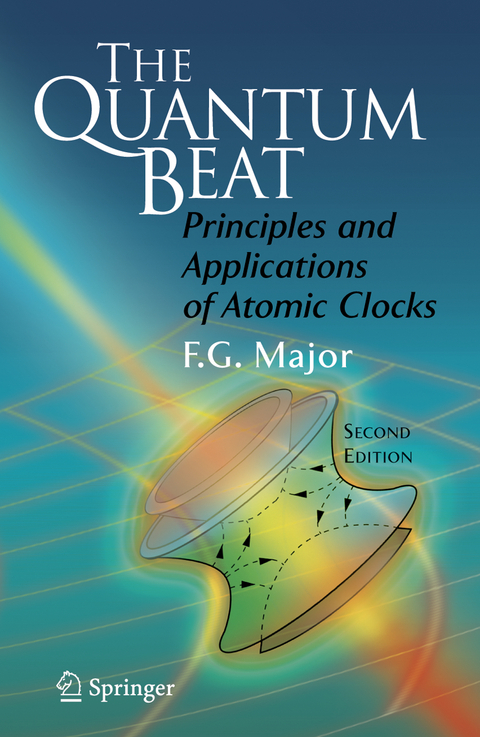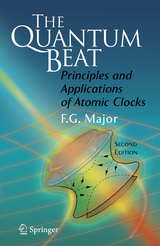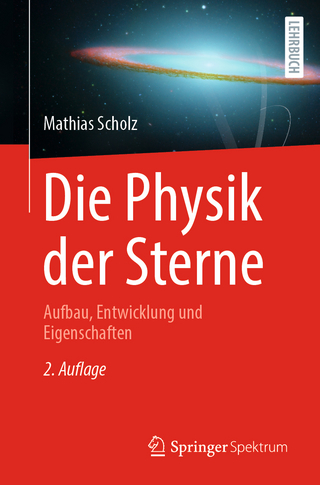The Quantum Beat
Springer-Verlag New York Inc.
978-0-387-69533-4 (ISBN)
Intended for nonspecialists with some knowledge of physics or engineering, The Quantum Beat covers a wide range of salient topics relevant to atomic clocks, treated in a broad intuitive manner with a minimum of mathematical formalism. Detailed descriptions are given of the design principles of the rubidium, cesium, hydrogen maser, and mercury ion standards; the revolutionary changes that the advent of the laser has made possible, such as laser cooling, optical pumping, the formation of "optical molasses," and the cesium "fountain" standard; and the time-based global navigation systems, Loran-C and the Global Positioning System. Also included are topics that bear on the precision and absolute accuracy of standards, such as noise, resonance line shape, the relativistic Doppler effect as well as more general relativistic notions of time relevant to synchronization of remote clocks, and time reversal symmetry.
This edition retains the essentially didactic approach to the treatment of the development of atomic clocks in the first edition, but brings up to date the extraordinary developments in recent years, culminating in clocks based on quantum resonance at optical frequency in individual ions confined in miniature electromagnetic traps. These, together with advances in the generation of wide-band coherent frequency combs spanning the spectrum as far as the optical range, has made possible the direct measurement of phenomena occurring at optical frequencies! As a result of these recent advances, in addition to the time-based GPS and LORAN C navigation systems treated in the first edition, other important applications of a fundamental scientific interest have become feasible. These include satellite-borne tests of the theory of general relativity and the equivalence principle on which it is based.
Fouad G. Major pioneered the application of ion field confinement to microwave spectroscopy. He made the first observation of microwave resonance in trapped mercury ions as a reference for a spacecraft atomic clock at NASA laboratory(1969). Awarded the NASA "Apollo Achievement Award" 1970 and was guest researcher at the Laboratoire de l’Horloge Atomique in Orsay, France.
Celestial and Mechanical Clocks.- Oscillations and Fourier Analysis.- Oscillators.- Quartz Clocks.- The Language of Electrons, Atoms, and Quanta.- Magnetic Resonance.- Corrections to Observed Atomic Resonance.- The Rubidium Clock.- The Classical Cesium Standard.- Atomic and Molecular Oscillators: Masers.- The Hydrogen Maser.- The Confinement of Particles in Fields.- Isolated Ion Clock: A New Approach.- Optical Frequency Oscillators: Lasers.- Laser Systems.- Laser Cooling of Atoms and Ions.- Application of Lasers to Microwave Standards.- Optical Standards and Measurement.- Applications: Time-Based Navigation.- Atomic Clocks and Fundamental Physics.
| Erscheint lt. Verlag | 6.6.2007 |
|---|---|
| Zusatzinfo | 234 Illustrations, black and white; XII, 482 p. 234 illus. |
| Verlagsort | New York, NY |
| Sprache | englisch |
| Maße | 155 x 235 mm |
| Themenwelt | Naturwissenschaften ► Physik / Astronomie ► Astronomie / Astrophysik |
| Naturwissenschaften ► Physik / Astronomie ► Optik | |
| Naturwissenschaften ► Physik / Astronomie ► Quantenphysik | |
| Naturwissenschaften ► Physik / Astronomie ► Theoretische Physik | |
| ISBN-10 | 0-387-69533-8 / 0387695338 |
| ISBN-13 | 978-0-387-69533-4 / 9780387695334 |
| Zustand | Neuware |
| Informationen gemäß Produktsicherheitsverordnung (GPSR) | |
| Haben Sie eine Frage zum Produkt? |
aus dem Bereich




